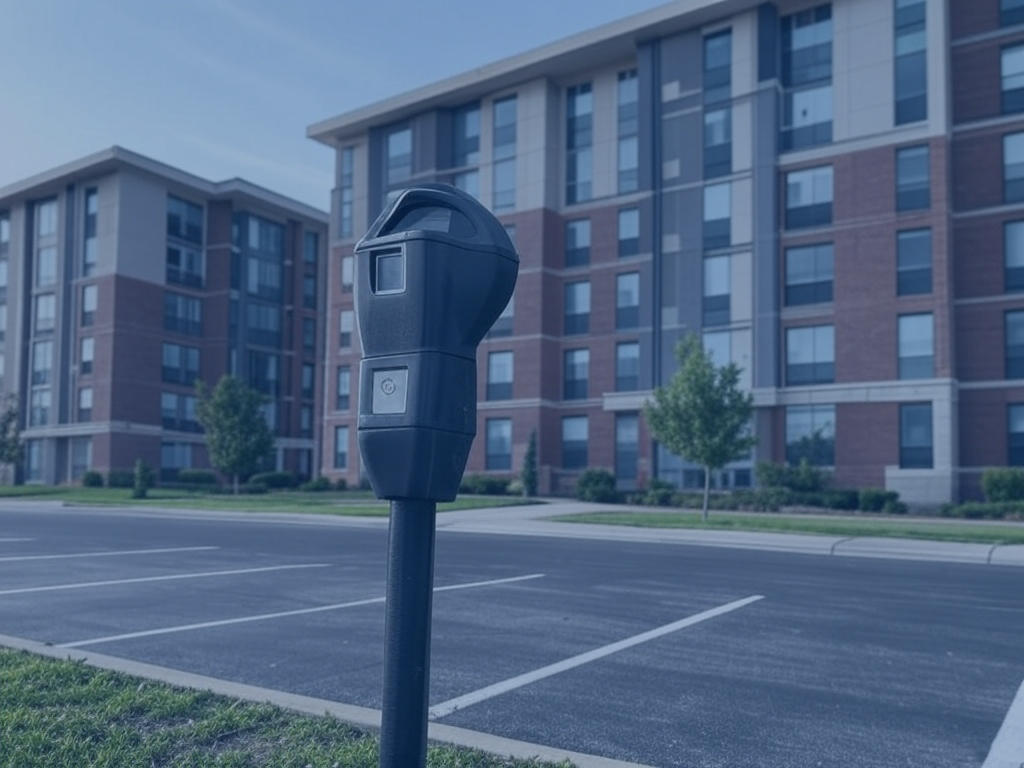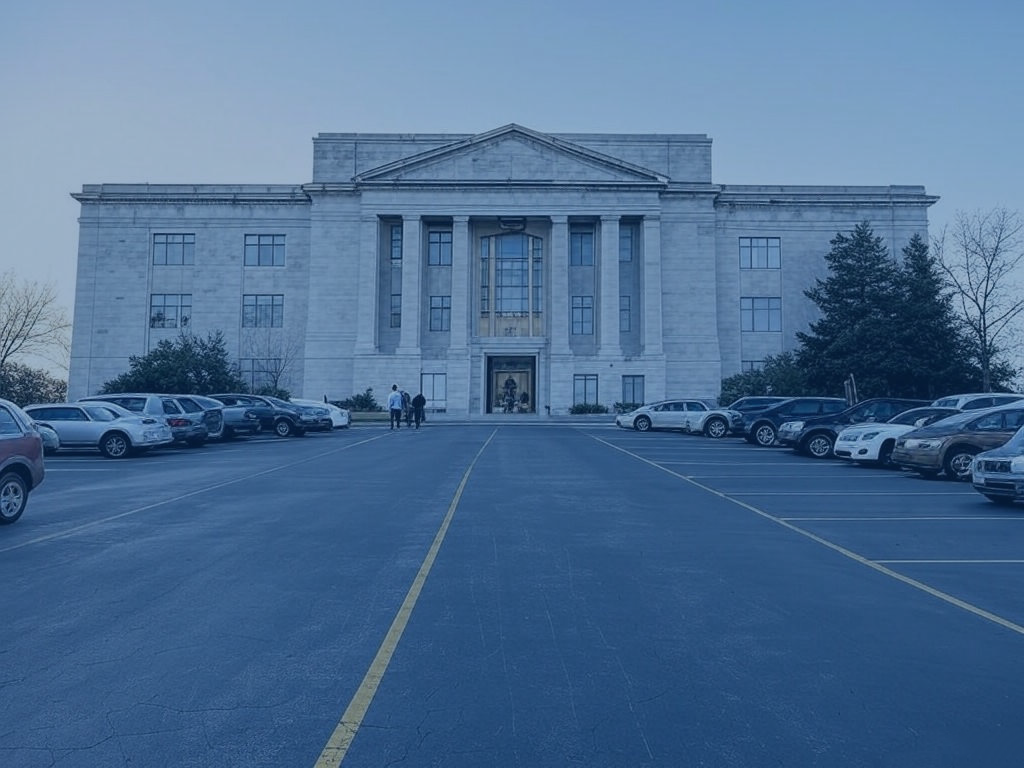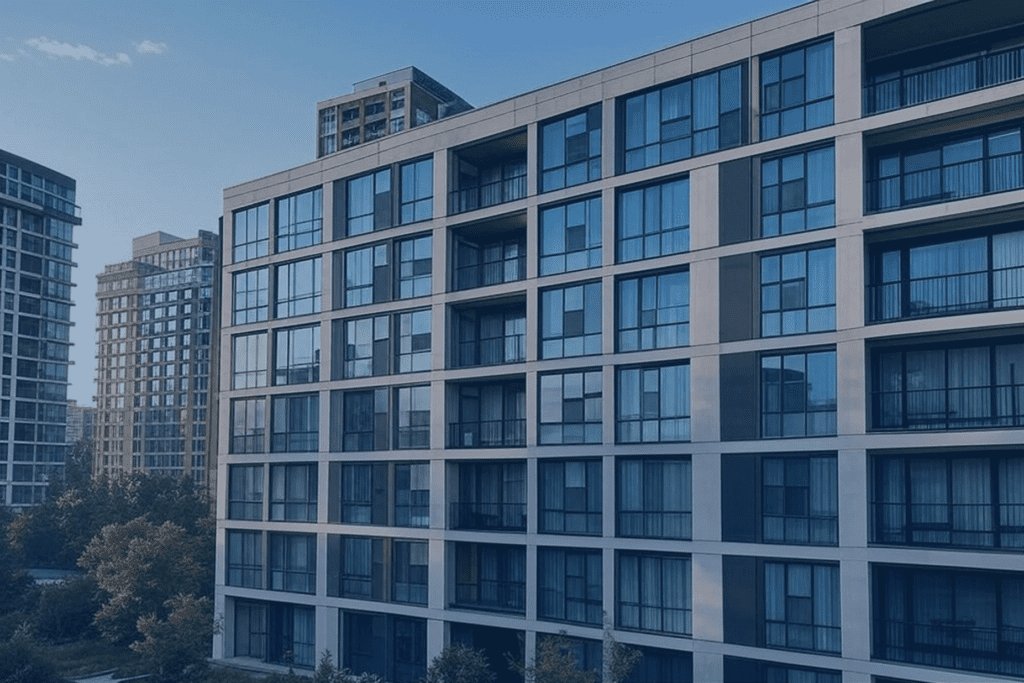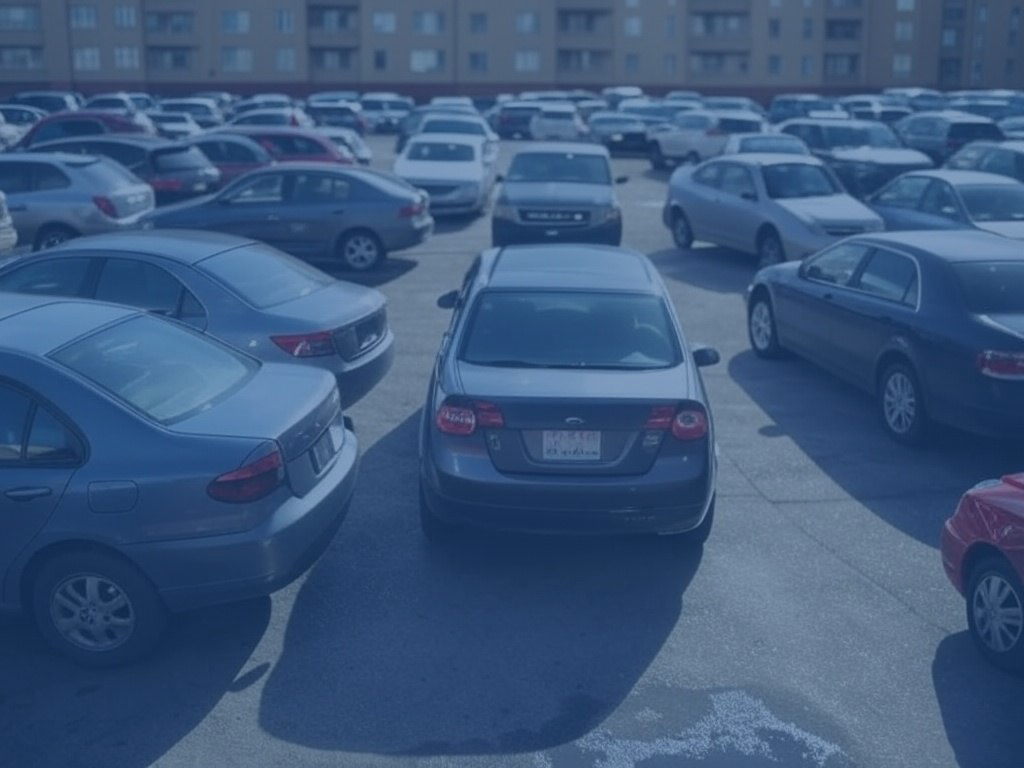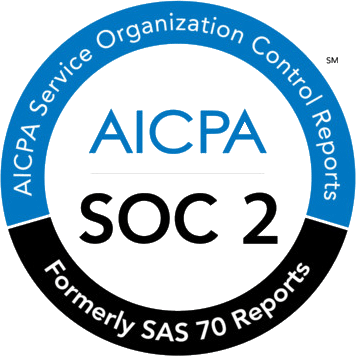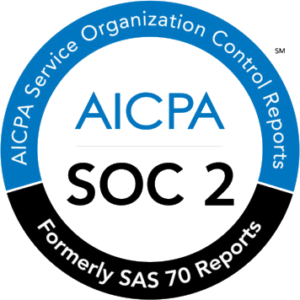A degree of normality has been restored in the workplace over the last 12 months. Thankfully, people are returning to work and there is a bit of energy in workplace offices again.
However, after a monumental event as significant as the global pandemic, it’s unsurprising that some things have changed. For instance, hybrid and remote working has become part of most businesses working strategy.
Table of Contents
ToggleRevamp your commuting & transportation operations
Find out how Wayleadr can help you optimize transportation operations and reduce transportation-related issues
Get a DemoFor many organizations, understanding commutes post-COVID represents a complete dynamic shift. For instance, where once employees mostly worked in the office, now there is a mixture of onsite and offsite practices.
Of course, that is just one of the post-COVID challenges associated with the commute.
Understanding commutes post-COVID: An opportunity for change
Although, it should be noted where there is a challenge, there is also an opportunity.
By embracing technology, an organization can use the pandemic as their chance to reset important elements of their employee commuter programme.
By doing so, they can reassess their approach to the commute and improve the experience for both employees and visitors to their workplace.
Of course, some companies will remain stagnant and not embrace technology at all.
However, if their aim is understanding commutes in a post-COVID world, where flexibility is standard, that is wrong choice.
Problems with manual management of commuting
Time wasted
The first and most obvious issue with the manual management of commutes is that it takes time. And in truth, that is time that could be spent doing something more productive.
Take Origina for instance. Until they adopted Wayleadr, facility management spent far too much of their working week organizing and reorganizing the admin associated with their lot.
They aren’t alone with that issue either.
For instance, at the recent CREtech conference in New York, Netflix’s Sarah Hollis told Garret Flower, CEO of Wayleadr, that before employing parking management software, her day could be disrupted several times by the need to do commuting-related admin.
She said: “Our employees can set up notifications for when the garage is reaching capacity and they know to go parking offsite. It takes it out of our hands. (In the past), if I was in a meeting, I would get a text saying the garage is full and I’d have to stop whatever I am doing in the meeting to email all of the LA employees”.
Lack of data for decision making
When your commuting programme is being managed manually, the data you have isn’t as detailed, or as easy to use. Therefore, decisions associated are less informed.
For instance, trying to manage a hybrid workforce by having a certain number of employees in the office each day is easier to do when you have data associated with how many vehicles are using the workplace’s lot.
Misuse of space
As previously discussed, hybrid working has become one of the biggest changes in the workplace since COVID.
This has caused a number of issues around infrastructure. For instance, take the car lot. There, many companies have allocated spaces based on job seniority. However, as lot spaces are a finite resource, this has proved to be an issue post-COVID.
Prior to employing parking management software, Sanderson was a company who suffered with this proble.
In their organization, spaces were limited and allocated based on tenure at the company. However, these allocated spaces were often left empty. This, in turn, affected employee happiness and retention.
Understanding commutes post-COVID and how software can support you
Business owners, facility managers and those in senior management may be daunted by the idea of managing the commute in a post-COVID world. However, embracing technology when doing so can help your business greatly.
It can reduce employee burnout, assist you in keeping your best staff and position your organization as a business that is looking forward into a better future.
Frees your employees to be productive
Manually recording all things to do with the commute can be a disaster. It takes time and human error always exists, no matter how careful you are.
However, when using software, such as Wayleadr, everything becomes much more streamlined. Take parking for example; Wayleadr allows your employees to prebook their spaces in advance of coming to the office.
And if the lot is full, you don’t have to contact them manually, as it simply communicates this through push-notifications on their app.
It provides data for more informed decision making
With software, you are provided with data you would not otherwise have. Such as how many staff members try to book parking on a given day and how this affects capacity.
In that instance, you can use this data to organize events when there will be spaces available. Another example of its usefulness is that you can use this data to organize the hybrid work week and ensure that there is a space for everyone who is coming into the office each day.
It is also easier to install sustainable policies. For instance, if you know there are a large number of employees driving to work every day from a certain area, you can encourage carpooling with select policies.
Provides clarity to employees
Software keeps employees in the loop. They know before arriving at the office whether they will be able to park there or not, or if there are EV charging facilities available (as this can be linked to Wayleadr’s booking system too), and how many other people will be there.
Revamp your commuting & transportation operations
Find out how Wayleadr can help you optimize transportation operations and reduce transportation-related issues
Get a DemoWith so little certainty available during COVID, this level of clarity can help your employees avoid fatigue and burnout. Which in turn, can help you retain your best employees.
How Wayleadr’s PropTech solution helps commutes
Those are just a few of the ways software and technology can help organizations manage the commute since COVID. To go through more examples, contact Wayleadr today for a demo.

